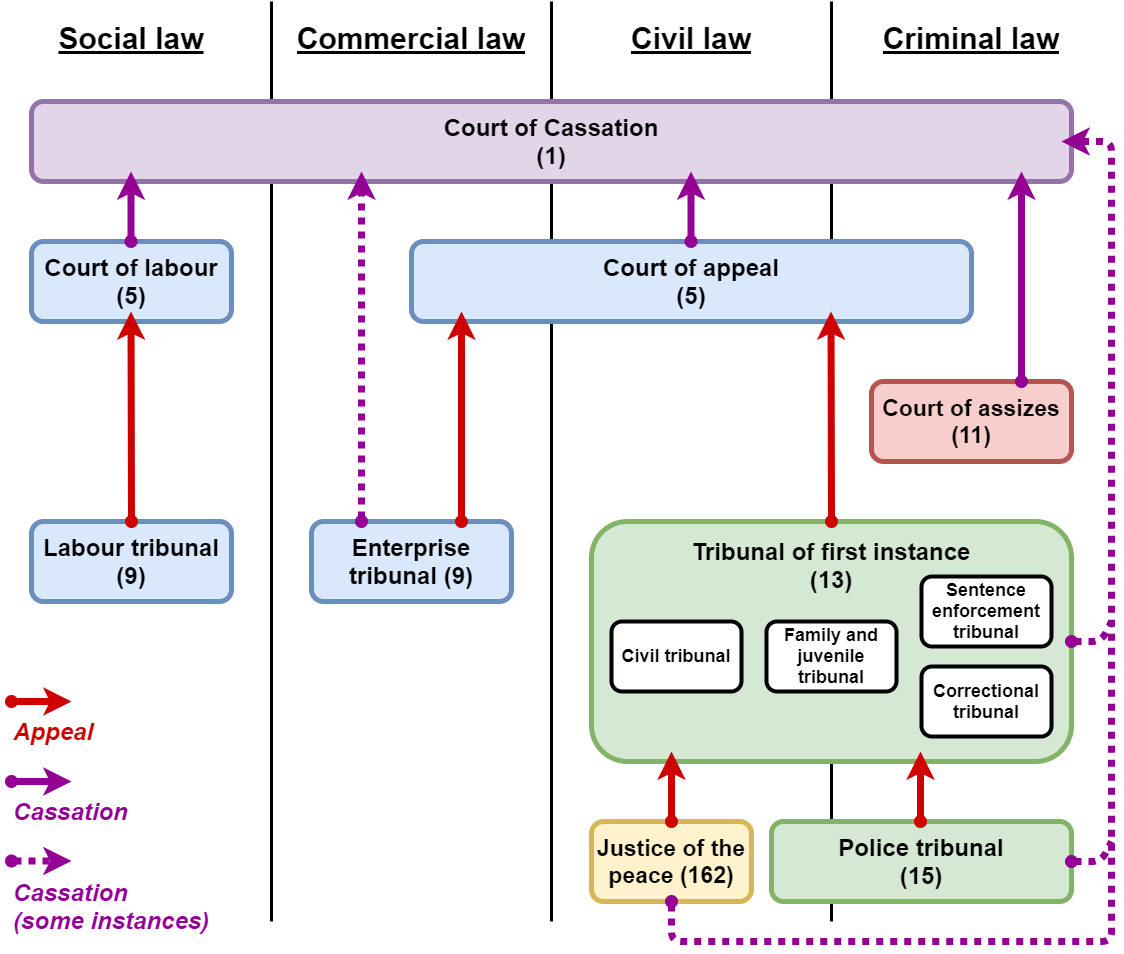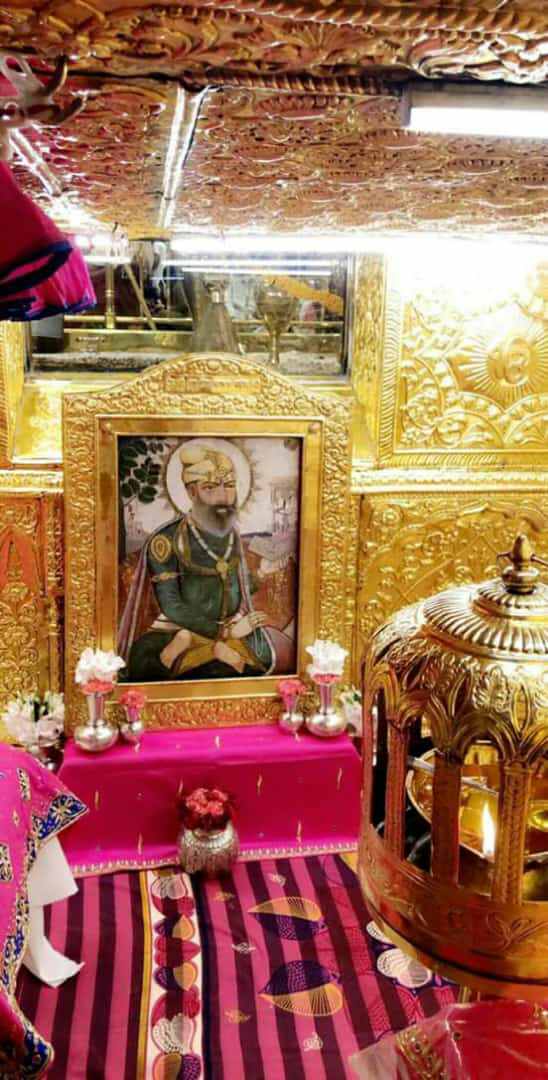|
Kirpans
The kirpan is a curved, single-edged dagger or knife carried by Sikhs. Traditionally, it was a full-sized sword but modern Sikhs have reduced the length to that of a dagger or knife due to modern considerations based on societal and legal changes since then. It is part of a religious commandment given by Guru Gobind Singh in 1699, in which he gave an option to the Sikhs, if they accepted they must wear the five articles of faith (the five Ks) at all times, the kirpan being one of five Ks. The Punjabi word ਕਿਰਪਾਨ, kirpān, has a folk etymology with two roots: ''kirpa'', meaning "mercy", "grace", "compassion" or "kindness"; and ''aanaa'', meaning "honor", "grace" or "dignity". It is derived from or related to Sanskrit कृपाण (kṛpaṇa, “sword, dagger, sacrificial knife”), ultimately from the Proto-Indo-European stem *kerp-, from *(s)ker, meaning "to cut". Sikhs are expected to embody the qualities of a ''Sant Sipahi'' or "saint-soldier", showing no fe ... [...More Info...] [...Related Items...] OR: [Wikipedia] [Google] [Baidu] |
Punjab Region
Punjab (; Punjabi Language, Punjabi: پنجاب ; ਪੰਜਾਬ ; ; also Romanization, romanised as ''Panjāb'' or ''Panj-Āb'') is a geopolitical, cultural, and historical region in South Asia, specifically in the northern part of the Indian subcontinent, comprising areas of eastern Geography of Pakistan, Pakistan and northwestern Geography of India, India. Punjab's capital and largest city and historical and cultural centre is Lahore. The other major cities include Faisalabad, Rawalpindi, Gujranwala, Multan, Ludhiana, Amritsar, Sialkot, Chandigarh, Jalandhar, and Bahawalpur. Punjab grew out of the settlements along the five rivers, which served as an important route to the Near East as early as the ancient Indus Valley civilisation, Indus Valley civilization, dating back to 3000 BCE, and had numerous Indo-Aryan migration, migrations by the Indo-Aryan peoples. Agriculture has been the major economic feature of the Punjab and has therefore formed the foundation of Punjabi ... [...More Info...] [...Related Items...] OR: [Wikipedia] [Google] [Baidu] |
Jizya
Jizya ( ar, جِزْيَة / ) is a per capita yearly taxation historically levied in the form of financial charge on dhimmis, that is, permanent Kafir, non-Muslim subjects of a state governed by Sharia, Islamic law. The jizya tax has been understood in Islam as a fee for protection provided by the Muslim ruler to non-Muslims, for the exemption from military service for non-Muslims, for the permission to practice a non-Muslim faith with some communal autonomy in a Muslim state, and as material proof of the non-Muslims' submission to the Muslim state and its laws. The Quran and hadiths mention jizya without specifying its rate or amount,Sabet, Amr (2006), ''The American Journal of Islamic Social Sciences'' 24:4, Oxford; pp. 99–100. and the application of jizya varied in the course of Islamic history. However, scholars largely agree that early Muslim rulers adapted existing systems of taxation and tribute that were established under previous rulers of the conquered lands, such as ... [...More Info...] [...Related Items...] OR: [Wikipedia] [Google] [Baidu] |
Charter Of Rights And Freedoms
The ''Canadian Charter of Rights and Freedoms'' (french: Charte canadienne des droits et libertés), often simply referred to as the ''Charter'' in Canada, is a bill of rights entrenched in the Constitution of Canada, forming the first part of the ''Constitution Act, 1982''. The ''Charter'' guarantees certain political rights to Canadian citizens and civil rights of everyone in Canada from the policies and actions of all areas and levels of the government. It is designed to unify Canadians around a set of principles that embody those rights. The ''Charter'' was signed into law by Queen Elizabeth II of Canada on April 17, 1982, along with the rest of the ''Constitution Act, 1982''. The ''Charter'' was preceded by the ''Canadian Bill of Rights'', enacted in 1960, which was a federal statute rather than a constitutional document. As a federal statute, the ''Bill of Rights'' could be amended through the ordinary legislative process and had no application to provincial laws. The S ... [...More Info...] [...Related Items...] OR: [Wikipedia] [Google] [Baidu] |
Multani V
Multani may refer to: * something of, from, or related to Multan, a city in Punjab, Pakistan * Multani dialect, the standard dialect of the Saraiki language of Pakistan ** Multani alphabet, a historic script ** Multani (Unicode block), containing Multani alphabet characters * Multani people, or Saraikis, an ethnic group of Pakistan * Multani Khussa, type of footwear from Multan * Multani Caravanserai, caravanserai in Baku, Azerbaijan * 15th Lancers (Cureton's Multanis), cavalry regiment of the British Indian Army * Multani (caste), a Muslim community found in the Gujarat state in India * Multani Lohar, Muslim community of Gujarat, India * Multani (raga), a raga in Indian classical music * ''Multani v. Commission scolaire Marguerite‑Bourgeoys'', a 2006 decision of the Supreme Court of Canada * Multani Mal Modi College, in Patiala, India * Ali Haider Multani (1690–1785), Punjabi Sufi poet * Ayn al-Mulk Multani, commander of the Delhi Sultanate in India * Har Karan Ibn Mathuradas K ... [...More Info...] [...Related Items...] OR: [Wikipedia] [Google] [Baidu] |
Supreme Court Of Canada
The Supreme Court of Canada (SCC; french: Cour suprême du Canada, CSC) is the Supreme court, highest court in the Court system of Canada, judicial system of Canada. It comprises List of Justices of the Supreme Court of Canada, nine justices, whose decisions are the ultimate application of Canadian law, and grants permission to between 40 and 75 litigants each year to appeal decisions rendered by provincial, territorial and federal Appeal, appellate courts. The Supreme Court is bijural, hearing cases from two major legal traditions (common law and Civil law (legal system), civil law) and bilingual, hearing cases in both Official bilingualism in Canada, official languages of Canada (English language, English and French language, French). The effects of any judicial decision on the common law, on the interpretation of statutes, or on any other application of law, can, in effect, be nullified by legislation, unless the particular decision of the court in question involves applicatio ... [...More Info...] [...Related Items...] OR: [Wikipedia] [Google] [Baidu] |
Court Of Appeal (Belgium)
The courts of appeal ( nl, hof van beroep, french: cour d'appel, german: Appellationshof) are the main appellate courts in the judicial system of Belgium, which hear appeals against judgements of the tribunals of first instance, the enterprise tribunals and the presidents of those tribunals in their judicial area. There are five courts of appeal for each of the five judicial areas, which are the largest geographical subdivisions of Belgium for judicial purposes. The division of the Belgian territory into the five judicial areas (Antwerp, Brussels, Ghent, Liège and Mons) is laid down in article 156 of the Belgian Constitution. A judicial area covers multiple judicial arrondissements ("districts"), except for the judicial area of Mons. Each arrondissement has a tribunal of first instance. Further below, an overview is provided of the five courts of appeal and the judicial arrondissements their judicial area covers. It is important to note that the courts of appeal do not hear a ... [...More Info...] [...Related Items...] OR: [Wikipedia] [Google] [Baidu] |
Antwerp
Antwerp (; nl, Antwerpen ; french: Anvers ; es, Amberes) is the largest city in Belgium by area at and the capital of Antwerp Province in the Flemish Region. With a population of 520,504,Statistics Belgium; ''Loop van de bevolking per gemeente'' (Excel file) Population of all municipalities in Belgium, . Retrieved 1 November 2017. it is the most populous municipality in Belgium, and with a metropolitan population of around 1,200,000 people, it is the second-largest metrop ... [...More Info...] [...Related Items...] OR: [Wikipedia] [Google] [Baidu] |
Khalsa
Khalsa ( pa, ਖ਼ਾਲਸਾ, , ) refers to both a community that considers Sikhism as its faith,Khalsa: Sikhism Encyclopaedia Britannica as well as a special group of initiated Sikhs. The ''Khalsa'' tradition was initiated in 1699 by the Tenth of Sikhism, . Its formation was a key event in the . The founding of Khalsa is celeb ... [...More Info...] [...Related Items...] OR: [Wikipedia] [Google] [Baidu] |
Aurangzeb
Muhi al-Din Muhammad (; – 3 March 1707), commonly known as ( fa, , lit=Ornament of the Throne) and by his regnal title Alamgir ( fa, , translit=ʿĀlamgīr, lit=Conqueror of the World), was the sixth emperor of the Mughal Empire, ruling from July 1658 until his death in 1707. Under his emperorship, the Mughals reached their greatest extent with their territory spanning nearly the entirety of South Asia. Widely considered to be the last effective Mughal ruler, Aurangzeb compiled the Fatawa 'Alamgiri and was amongst the few monarchs to have fully established Sharia and Islamic economics throughout South Asia.Catherine Blanshard Asher, (1992"Architecture of Mughal India – Part 1" Cambridge university Press, Volume 1, Page 252. Belonging to the aristocratic Timurid dynasty, Aurangzeb's early life was occupied with pious pursuits. He held administrative and military posts under his father Shah Jahan () and gained recognition as an accomplished military commander. Aurang ... [...More Info...] [...Related Items...] OR: [Wikipedia] [Google] [Baidu] |
Aurengzeb
Muhi al-Din Muhammad (; – 3 March 1707), commonly known as ( fa, , lit=Ornament of the Throne) and by his regnal title Alamgir ( fa, , translit=ʿĀlamgīr, lit=Conqueror of the World), was the sixth emperor of the Mughal Empire, ruling from July 1658 until his death in 1707. Under his emperorship, the Mughals reached their greatest extent with their territory spanning nearly the entirety of South Asia. Widely considered to be the last effective Mughal ruler, Aurangzeb compiled the Fatawa 'Alamgiri and was amongst the few monarchs to have fully established Sharia and Islamic economics throughout South Asia.Catherine Blanshard Asher, (1992"Architecture of Mughal India – Part 1" Cambridge university Press, Volume 1, Page 252. Belonging to the aristocratic Timurid dynasty, Aurangzeb's early life was occupied with pious pursuits. He held administrative and military posts under his father Shah Jahan () and gained recognition as an accomplished military commander. Aurang ... [...More Info...] [...Related Items...] OR: [Wikipedia] [Google] [Baidu] |
Guru Tegh Bahadur
Guru Tegh Bahadur ( Punjabi: ਗੁਰੂ ਤੇਗ਼ ਬਹਾਦਰ (Gurmukhi); ; 1 April 1621 – 11 November 1675) was the ninth of ten Gurus who founded the Sikh religion and the leader of Sikhs from 1665 until his beheading in 1675. He was born in Amritsar, Punjab, India in 1621 and was the youngest son of Guru Hargobind, the sixth Sikh guru. Considered a principled and fearless warrior, he was a learned spiritual scholar and a poet whose 115 hymns are included in ''Sri Guru Granth Sahib,'' the main text of Sikhism. Guru Tegh Bahadur was executed on the orders of Aurangzeb, the sixth Mughal emperor, in Delhi, India.;;; Sikh holy premises Gurudwara Sis Ganj Sahib and Gurdwara Rakab Ganj Sahib in Delhi mark the places of execution and cremation of Guru Tegh Bahadur. His martyrdom is remembered as the ''Shaheedi Divas of Guru Tegh Bahadur'' every year on 24 November. Biography Early life Guru Tegh Bahadur was the youngest son of Guru Hargobind, the sixth guru: Guru ... [...More Info...] [...Related Items...] OR: [Wikipedia] [Google] [Baidu] |
Shastar Vidya
Shastar Vidya ( pa, ਸ਼ਸਤਰ-ਵਿੱਦਿਆ), also known as Sanatan Shastar Vidya ( pa, ਸਨਾਤਨ ਸ਼ਸਤਰ ਵਿੱਦਿਆ), is a centuries-old Indian battlefield art which translates to "the science of weapons". History The battle art has existed in the subcontinent for thousands of years and been preserved by people from many different cultures and religions. Since the mid-16th century, the Sikh tribes of the Punjab became the chief custodians and masters of this fighting system. In North India it is believed that this art is the father of all martial arts. After the Anglo-Sikh wars the art was banned by the new British administrators of India in the mid-19th century. Features The basis of Shastar Vidiya is a five-step movement which includes advancing on the opponent; hitting his flank, deflection of incoming blows, taking a commanding position and striking. As a full combat martial art it also includes both unarmed and armed combat techni ... [...More Info...] [...Related Items...] OR: [Wikipedia] [Google] [Baidu] |








